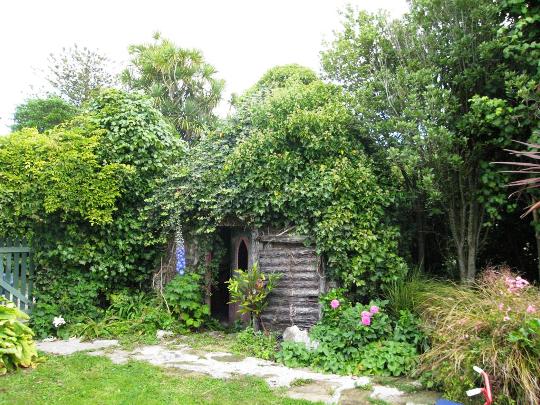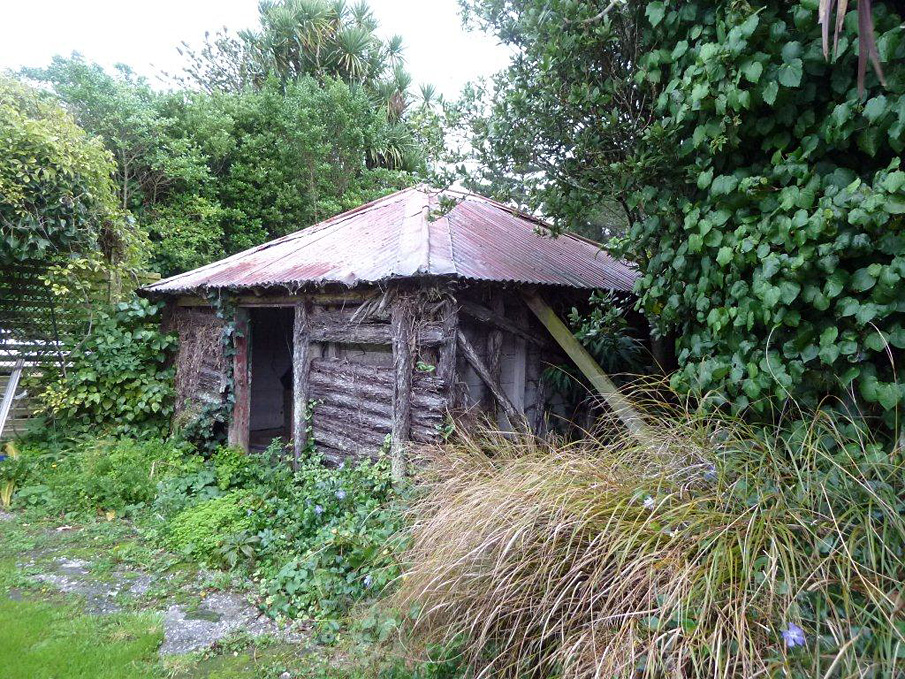DESCRIPTION: In 1866 the New Zealand Government decided to use Chatham Island as a penal colony. The second resident magistrate, William Thomas, returned from the mainland in March 1866 with forty-three Hauhau prisoners, some accompanied by wives and children, and a guard of twenty-six men. These prisoners had been fighting government troops on New Zealand's east coast. The group included Te Kooti, the spiritual leader who later founded the Ringatū faith. In 1868 the government withdrew most of the guard, needing them on the mainland. In July Te Kooti led an escape by the Hauhau prisoners, who tied up their remaining guard captured a ship, and returned to New Zealand. In their time on the Chathams the prisoners were put to work on different building jobs on the island. Among these was the Ponga Whare, built on Wharekauri Station for the station owner Edward Chudleigh in 1867.


Location
List Entry Information
Overview
Detailed List Entry
Status
Listed
List Entry Status
Historic Place Category 1
Access
Private/No Public Access
List Number
5399
Date Entered
2nd February 1992
Date of Effect
2nd February 1992
City/District Council
Chatham Islands Territory
Region
Chatham Islands
Legal description
Sec 2 SO 36548, Sec 1 SO 36546, Sec 1 SO 36545
Stay up to date with Heritage this month
